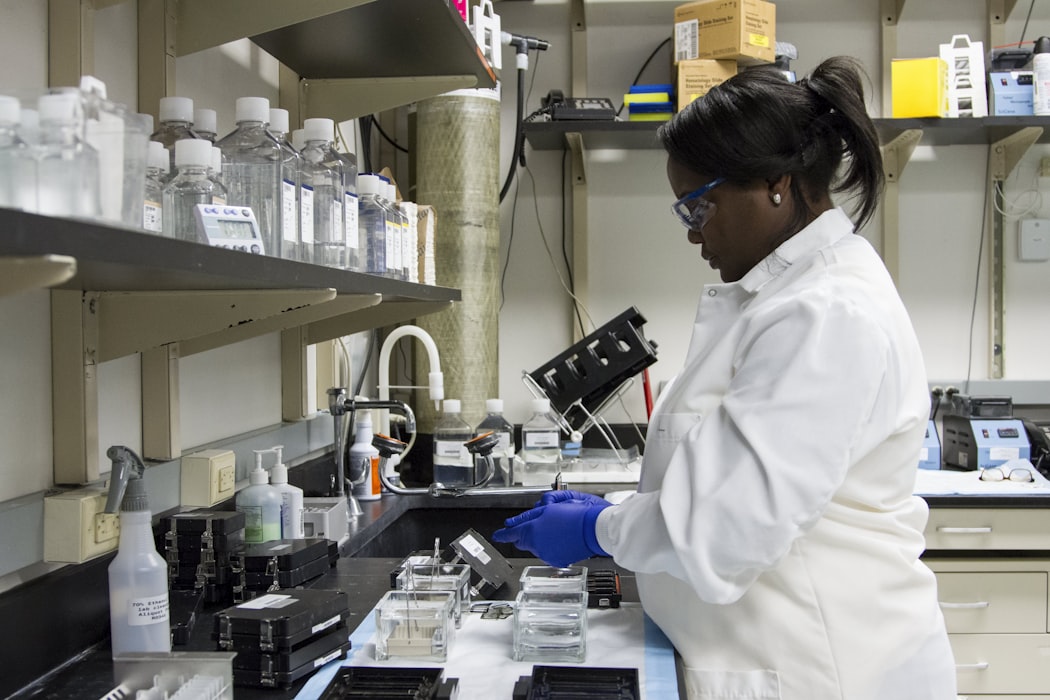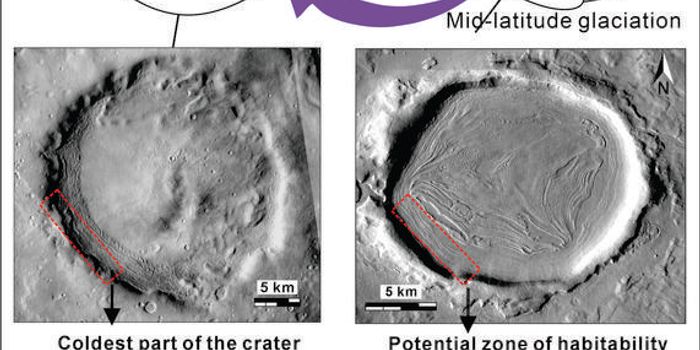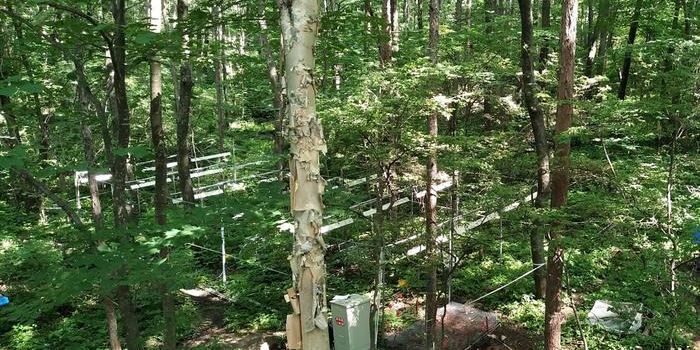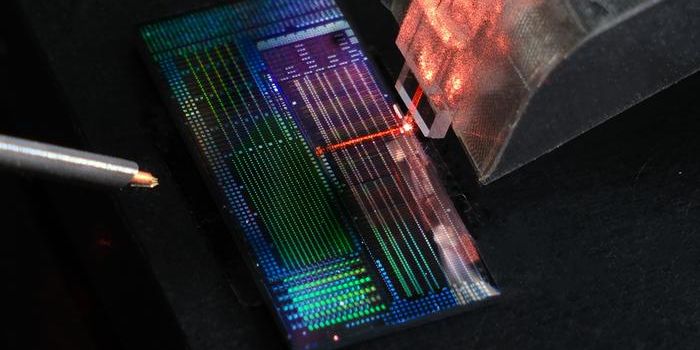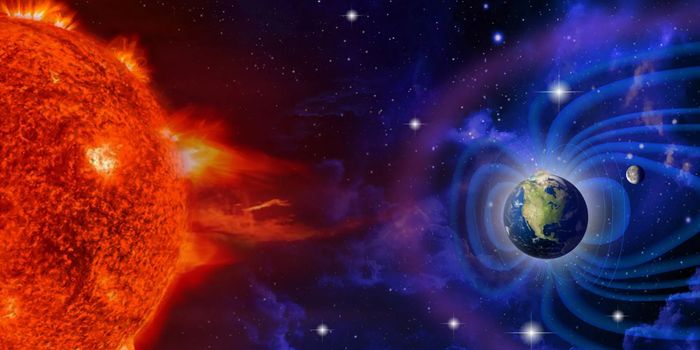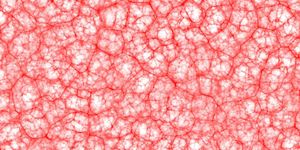AI Decodes Genome Biology
Scientists at the Stowers Institute for Medical Research, along with partners at Stanford University and Technical University of Munich have worked advanced explainable artificial intelligence (AI) to decipher instructions encoded in DNA. Findings were published in Nature Genetics and describes a neural network trained on high-resolution maps of protein-DNA interactions.
"This was extremely satisfying," says Julia Zeitlinger, PhD."as the results fit beautifully with existing experimental results, and also revealed novel insights that surprised us."
"There has been a long trail of experimental evidence that such motif periodicity sometimes exists in the regulatory code," Zeitlinger says. "However, the exact circumstances were elusive, and Nanog had not been a suspect. Discovering that Nanog has such a pattern, and seeing additional details of its interactions, was surprising because we did not specifically search for this pattern."
"This is the key advantage of using neural networks for this task," says ?iga Avsec, PhD, first author of the paper.
Learn more about genome biology:
"More traditional bioinformatics approaches model data using pre-defined rigid rules that are based on existing knowledge. However, biology is extremely rich and complicated," says Avsec. "By using neural networks, we can train much more flexible and nuanced models that learn complex patterns from scratch without previous knowledge, thereby allowing novel discoveries."
Source: Science Daily
